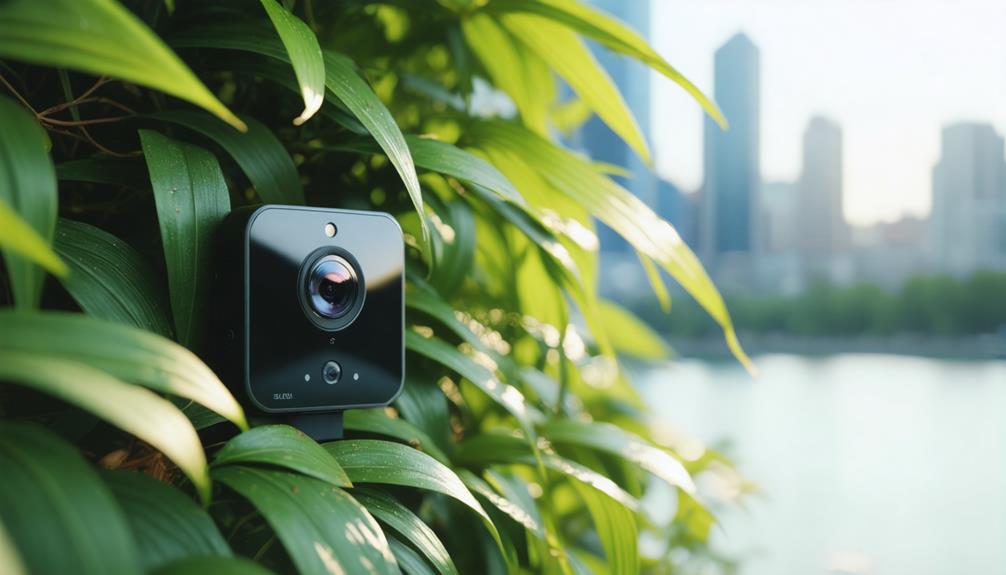
Brainstorm Security Shop

For Orders Over $199

On Any Of Our Products

Details On Refund Page
Imagine the unsettling feeling of discovering a hidden camera in a bathroom, a space meant for privacy and solitude. The thought of someone illicitly capturing your most vulnerable moments is indeed disconcerting. But what if you could learn how to detect spy cameras and safeguard your privacy effectively? Stay tuned to uncover essential insights on identifying hidden cameras, understanding the legal implications, and protecting yourself from potential violations of your privacy in bathrooms.
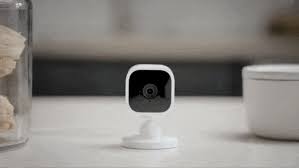
The proliferation of bathroom spy cameras has raised concerns about privacy violations in public and private spaces. Privacy invasion and safety concerns are at the forefront of discussions surrounding the use of these covert devices.
As technology advancements make these cameras smaller and more discreet, the ethical dilemmas surrounding their presence become more pronounced.
Privacy invasion is a significant issue when considering the use of bathroom spy cameras. Individuals have a reasonable expectation of privacy in such intimate spaces, and the presence of hidden cameras violates this expectation. Safety concerns also arise as these cameras can potentially be used for nefarious purposes, such as blackmail or voyeurism.
The rapid evolution of technology has made it easier for individuals to obtain and install these spy cameras without detection. This ease of access raises ethical dilemmas about the boundaries of privacy and surveillance in modern society.
As we navigate these challenges, it’s crucial to consider the implications of allowing such invasive technologies to pervade public and private spaces.
Secret recordings, whether in bathrooms or other private spaces, can have serious legal implications that must be carefully considered and addressed. When it comes to hidden cameras in bathrooms, privacy rights are paramount. Individuals have a reasonable expectation of privacy in such intimate settings, and any violation of this can lead to severe consequences.
In many jurisdictions, the act of secretly recording someone in a private space like a bathroom is illegal and can result in criminal charges. Laws regarding privacy rights and unauthorized recordings vary by location, but in general, recording someone without their consent in a private area is a violation of their privacy rights. This breach of privacy can lead to charges such as invasion of privacy, voyeurism, or even more serious offenses depending on the specific circumstances.
Therefore, it’s crucial to be aware of the legal implications of secret recordings in bathrooms and understand the potential criminal charges that may arise from such actions. Respecting privacy rights is essential to avoid legal consequences and uphold ethical standards in society.
When considering hidden cameras in bathrooms, it’s important to be vigilant and informed about the various types of devices that may be used for unauthorized recording. Privacy invasion and trust issues are significant concerns when it comes to hidden cameras. There are several types of hidden cameras to watch out for, including pinhole cameras, motion-activated cameras, smoke detector cameras, and even camera-equipped air fresheners or power outlets.
Pinhole cameras are tiny and can be hidden in unsuspecting objects like alarm clocks or picture frames, making them hard to detect. Motion-activated cameras are designed to start recording when movement is detected, ensuring that no moment is missed. Smoke detector cameras blend in seamlessly with the surroundings, making them a popular choice for covert recording.
Additionally, cameras disguised as air fresheners or power outlets can easily go unnoticed, further emphasizing the need for vigilance.
Being aware of these various types of hidden cameras is crucial in preventing privacy invasion and addressing trust issues that may arise from unauthorized surveillance.
Safeguard your privacy by recognizing subtle indicators that may reveal the presence of a hidden camera in a bathroom. Privacy invasion and safety concerns arise when hidden cameras are installed without consent. To protect yourself from potential trust issues and the violation of rights, be vigilant for signs that could indicate the presence of a hidden camera.
One common indicator is unusual or out-of-place objects like air fresheners, smoke detectors, or electrical outlets that appear to be positioned unusually. Check for small holes or gaps in walls, ceilings, or other fixtures that could conceal a camera lens. Additionally, be cautious of any blinking lights or reflections that seem odd in a bathroom setting.
If you notice any of these signs, consider conducting a thorough sweep of the area or seek professional assistance to detect hidden cameras. Taking proactive measures can help prevent privacy breaches and ensure your safety and peace of mind.

Victims of bathroom surveillance experience profound psychological and emotional impacts that can disrupt their sense of safety and privacy. The invasion of privacy through hidden cameras in bathrooms can lead to severe emotional trauma and a profound violation of personal boundaries. Such incidents can cause lasting psychological impact, including feelings of fear, anxiety, and vulnerability. Victims often struggle with trust issues, finding it challenging to trust others or feel secure even in private spaces.
The breach of privacy and the realization that intimate moments were recorded without consent can have long-lasting effects on one’s mental well-being. The emotional toll of being surveilled in such an intimate setting can be significant, leading to increased levels of stress, embarrassment, and a sense of being violated. Overcoming the trauma of bathroom surveillance may require therapy, support from loved ones, and a conscious effort to rebuild a sense of safety and trust.
It’s crucial for victims to seek help to address the psychological impact of such privacy violations and work towards healing from the emotional scars left by the experience.
Detecting hidden cameras yourself can be a challenging but crucial task to ensure your privacy and security in private spaces. When it comes to camera detection, there are several methods you can employ to safeguard your privacy.
Start by conducting a visual inspection of the area, paying close attention to any unusual or out-of-place objects. Hidden cameras are often disguised as everyday items like smoke detectors or wall clocks. Look for tiny lenses that might be hidden in these objects.
Consider using a radio frequency (RF) detector to scan for wireless signals that cameras emit. These detectors can help you locate hidden cameras that aren’t easily visible.
Another privacy protection measure includes checking for reflective surfaces that might reveal the presence of a camera lens.
Furthermore, you can use smartphone apps that detect hidden cameras by analyzing the surrounding area for any suspicious signals. By being vigilant and thorough in your camera detection efforts, you can take proactive steps to protect your privacy in private spaces.
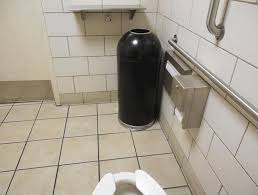
To address incidents of bathroom spying effectively, promptly report any suspected violations of privacy to the appropriate authorities. If you suspect that someone is spying on you in a bathroom, it’s crucial to take immediate action. Start by reporting the incident to the management of the establishment or facility where it occurred. Provide any evidence you have, such as unusual devices or suspicious behavior. Confronting the perpetrator directly can be risky, so it’s advisable to let the authorities handle the situation.
Seeking support is essential after experiencing such a violation. Reach out to friends, family, or a counselor to discuss your feelings and seek guidance on coping strategies. It’s normal to feel violated and anxious after discovering that your privacy has been invaded.
Engaging in self-care activities, such as mindfulness exercises or seeking professional therapy, can help you process the incident and regain a sense of security. Remember that you aren’t alone, and there are resources available to support you through this difficult time.
Ensure your privacy in public restrooms by implementing key strategies to protect yourself from potential privacy violations. Safeguarding your privacy rights in public restrooms is crucial for maintaining public safety and personal dignity.
One essential measure is to conduct a visual sweep of the restroom upon entering, checking for any suspicious items like hidden cameras. Be cautious of small or unusual objects that may contain recording devices.
Another effective way to protect your privacy is to choose restrooms that are well-maintained and have a good reputation for cleanliness and security. Opt for public facilities in busy locations or establishments that prioritize customer safety.
Additionally, avoid using restrooms in isolated areas or those with inadequate lighting, as these locations may pose a higher risk of privacy breaches.
Remember that your privacy rights are paramount in public restrooms, and taking proactive steps to ensure your safety is essential. By staying vigilant and following these strategies, you can help safeguard your privacy and uphold public safety standards.
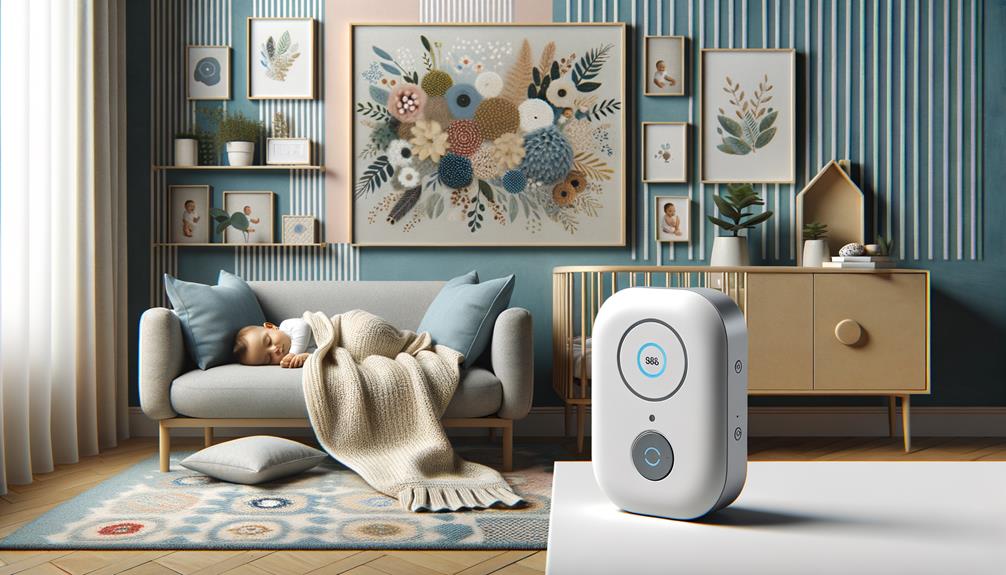
In conclusion, the prevalence of hidden cameras in bathrooms is a serious privacy concern that individuals must be vigilant about.
Understanding the legal implications, being aware of the various types of hidden cameras, and actively looking for signs of their presence are crucial steps in protecting one’s privacy in public restrooms.
By staying informed and taking proactive measures, you can help prevent unauthorized recordings and uphold ethical standards in intimate spaces.
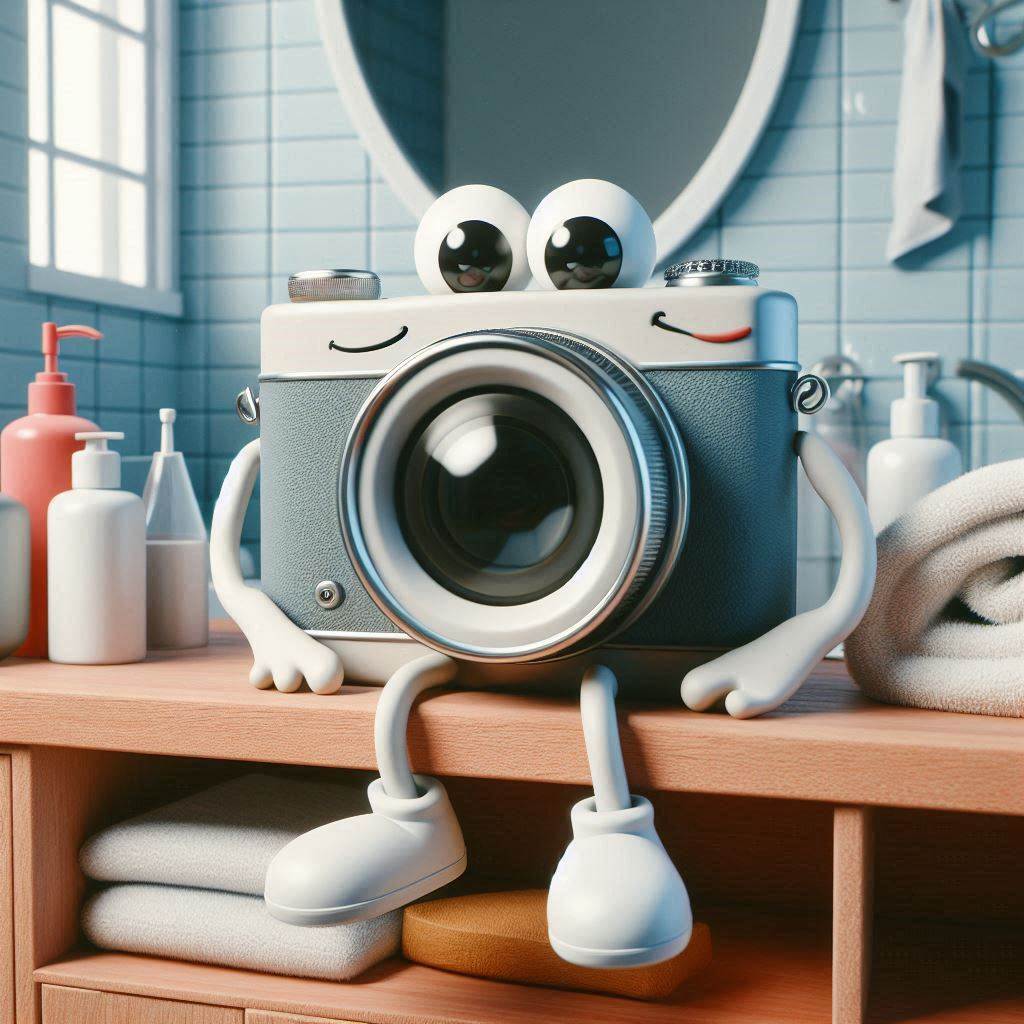
Brainstorm Security Shop
1867 Caravan Trail
Ste 105
Jacksonville, FL 32216
Call us toll free: (800) 859-5566